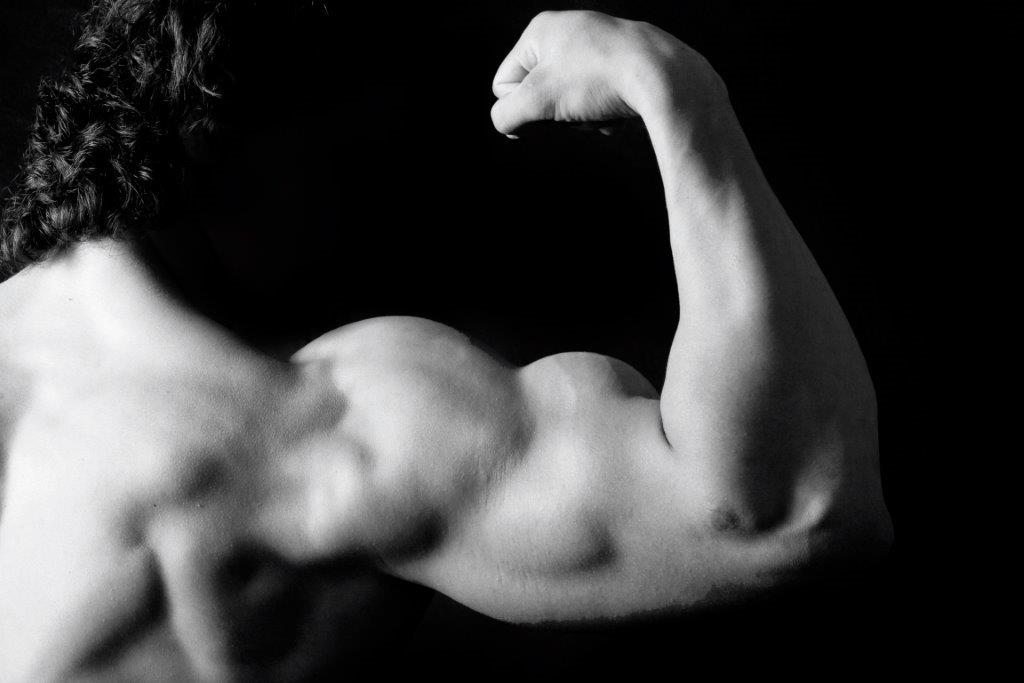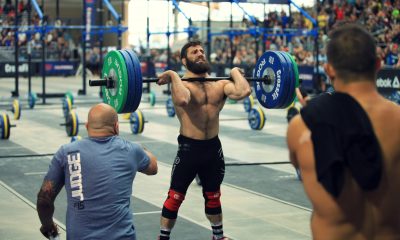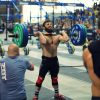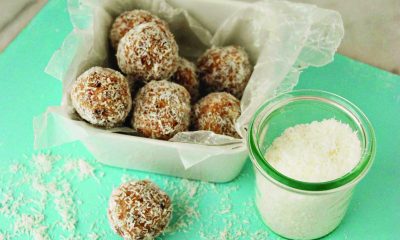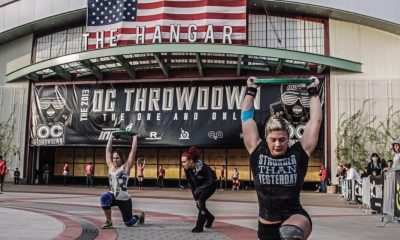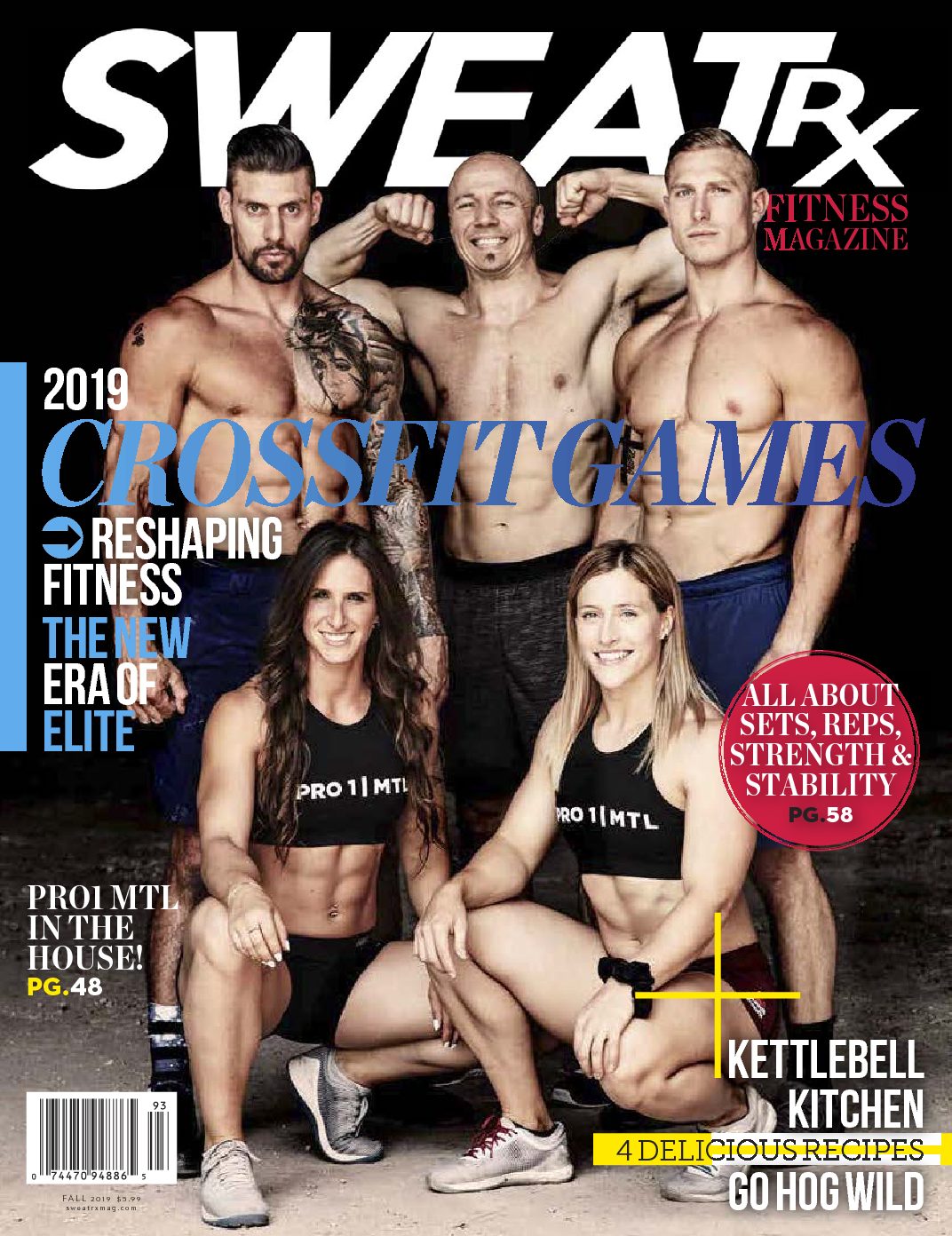Highlights
Flex Appeal – The importance of strong biceps
It is generally accepted in the strength-training world that one of the best ways to increase your pressing strength is to increase the strength of what is considered the weak link–the triceps. Especially in the sport of power lifting, the triceps are considered the weak link in a bench press. So every trainee performs, and every strength coach usually recommends, either the close-grip bench press or the dip to get the job done. This is a no-brainer.
When it comes to maximizing muscle-ups, rope climbs, pull-ups, and snatches, stronger biceps will allow you to handle more weight on your compound upper back exercises. This in turn carries over to helping you ace the marine pull-up test, lift the inver stone off the ground, improve your overhead squat, and pull the truck-on-a-rope like soap-on-a-rope!
In my experience consulting with strength athletes from around the world, increasing biceps strength to improve pulling strength has gone in the wrong direction. I hear the following far too often: Do I really need to perform curls at all to strengthen my biceps if I’m doing heavy rows and chins and stuff? Sure, the compound movement alone will strengthen the weak link (the biceps) because the strength of the weak link will give out first. But to maximize stimulation of the major muscles that are supposed to be doing most of the pulling work (the upper back), you have to maximize the strength of the biceps through direct biceps work.
There is an additional bonus. Strong biceps limit the potential for injuries like elbow tendonitis and bicepital tendonitis of the shoulder. Further, the possibility of suffering a complete muscle rupture or tear from that heavy deadlift can be avoided.
One reason biceps training has fallen out of favour is that true strength athletes don’t want to be considered body builders; they don’t want to appear vain by specifically training their biceps. At best they’ll throw in a couple of half-hearted curls at the end of a workout and call it a day. This won’t get your upper back as strong as possible—and you better if you want Herculean strength! Approach biceps training seriously, and by “seriously” I don’t mean 20 sets of five different exercises to pump you up.
Here’s what I recommend to my trainees:
 Perform heavy barbell or dumbbell curls once a week or twice per 10-day micro-cycle. You won’t need a lot of frequent work, just heavy, consistent work to augment pulling exercises. This is no different than training the triceps for pressing exercises. Look at curling as a power movement; it’s no different than squatting. You have a couple of options concerning sets and reps. A simple approach is to modify the time-tested technique of 5 sets of 5 reps (5 x 5) to 3 sets of 5 reps. Experience has taught me that 5 sets can be too many if you’re putting in serious pulling work. Remember, biceps training should complement pulling exercises, not replace them.
Perform heavy barbell or dumbbell curls once a week or twice per 10-day micro-cycle. You won’t need a lot of frequent work, just heavy, consistent work to augment pulling exercises. This is no different than training the triceps for pressing exercises. Look at curling as a power movement; it’s no different than squatting. You have a couple of options concerning sets and reps. A simple approach is to modify the time-tested technique of 5 sets of 5 reps (5 x 5) to 3 sets of 5 reps. Experience has taught me that 5 sets can be too many if you’re putting in serious pulling work. Remember, biceps training should complement pulling exercises, not replace them.
I’ve seen lots of curls in my 30-plus years under the iron (over 20 of those years as a professional strength coach) and most trainees’ form stinks. I’ve seen everything from what could only be called a “reverse grip power clean” to the “partial Romanian deadlift swing curl,” to the “hybrid reverse-grip upright row throw and catch.”
-
Ensure perfect form to strengthen your biceps, not your ego.
-
When you curl, nothing should move except the lower arm from the elbow down. And I mean nothing.
-
Chalk-up and grip the bar like you mean it. This is serious business.
-
Stand erect, and then (this is where most trainees start to go south) allow your arm to go completely straight.
-
The elbow should not be bent at the bottom. Let the arm “dead hang” but keep the muscles tight. Some may argue this could injure the elbow. I disagree unless the trainee has some serious flexibility limitations or is hyper-mobile at the joint. Allowing the arm to go straight at the bottom of the movement will greatly enhance biceps stimulation by safely increasing the range of motion. This goes a long way towards protecting the biceps from injury during a heavy deadlift or Olympic lift (when the arm will be forced to straighten out at the start of the movement).
-
Curl for real. Use your arm strength and nothing else.
-
Lower the bar and stop. Do not hit bottom and pop the bar right back up. Stop at the bottom, take a big breath, just as you would with a big squat, and explode into rep number two. Yes, I said explode. Speed is king in all sports, provided it doesn’t interfere with proper technique.
In Conclusion
Strengthen the weak link in compound pulling movements (the biceps) just as you do with the triceps for pressing movements. After a couple of months of heavy, intense curls, you’ll bid farewell to your old rowing weight, and if you hit the chinning bar, you’ll have to strap on some additional poundage. Your upper back strength will jump, and there will be additional slabs of beef ‘up there’. And although you aren’t concerned with impressing onlookers with your pumped up bis at the beach, I’m confident those watching at Crathie will be impressed when you break the inver stone off the ground, knock off 20 pull-ups, lock out 400 pounds above your chest, or finally hit that triple bodyweight deadlift (without your biceps ripping).
I’ll leave you with the words of strongman stone lifter Steve Jeck:
“Many a manhood stone has remained landlocked due to inadequate arm strength of the would- be lifter. All the leg and hip strength in the world is useless if you can’t hang on to the stone. Arm strength, especially the biceps, is the vehicle that either gets the stone to your shoulder or leaves it in your lap. So, while we’re not concerned with your back double-bi pose, to ignore the arms would be foolish.”
Twitching Speed
“Slow” and “fast” doesn’t refer to the speed at which individual muscle cells contract. It refers to how quickly they fatigue.
Slow twitch fibers
-
Fatigue slowly
-
Contract for a long period of time, but with little force (for example, jogging)
-
Use an oxidation reaction (with oxygen) to work, using fat or carbohydrates for fuel
-
Have excellent endurance
Fast twitch fibers
-
Are much stronger
-
Are used to lift something heavy or forcefully
-
Contract powerfully, but fatigue quickly (for example, in sprinting and weight lifting)
-
Mostly use anaerobic reactions (without oxygen) to work, using specially stored muscle sugar (glycogen) as fuel
-
Have little, if any, endurance
-
Possess great potential to gain mass


